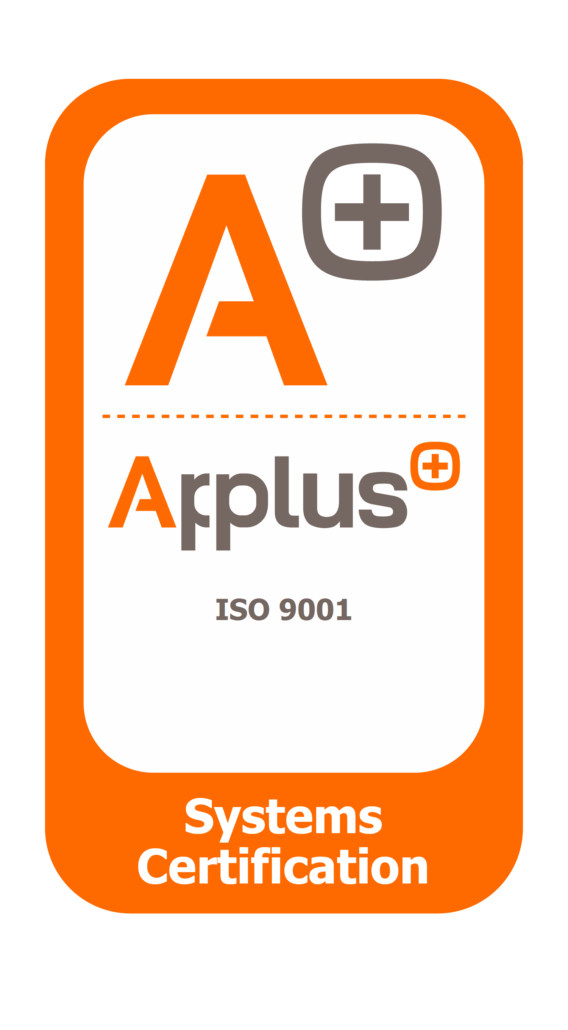The rise of IoT sensors is revolutionizing the way we interact with the world, from smart cities to industrial automation. As an integral part of Internet of Things (IoT) solutions, these sensors are driving innovation by enabling devices to collect, process, and share data. Platforms like thethings.iO play a crucial role in harnessing this data, offering businesses and governments the tools to integrate and manage IoT devices effectively. In this article, we will explore the different types of sensors, their applications, and their impact on modern technology.
The Role of IoT Sensors in Smart Technologies
Sensors serve as the building blocks of smart technologies. These devices detect changes in physical, chemical, or environmental conditions, converting this information into digital signals that can be processed and analyzed. By collecting real-time data, IoT sensors help businesses and governments make informed decisions, optimize resources, and improve operational efficiency.
Common Types of IoT Sensors and Their Applications
IoT sensors come in various forms, each designed to monitor specific parameters. Here, we delve into some of the most common types and their key applications in different industries.
1. Temperature Sensors
Temperature sensors measure changes in temperature and are widely used in industrial settings, such as manufacturing and supply chain management. They help maintain optimal conditions for sensitive processes and products, ensuring quality control. In smart homes, they can be integrated with HVAC systems for automated climate control, improving energy efficiency.
2. Pressure Sensors
Pressure sensors detect changes in liquid or gas pressure and play an important role in industries such as automotive, healthcare, and manufacturing. In automotive systems, they monitor tire pressure to ensure vehicle safety. Meanwhile, in smart cities, pressure sensors are used to monitor water distribution networks to detect leaks and effectively manage water resources.
3. Proximity Sensors
Proximity sensors are designed to detect the presence or absence of an object within a certain range. They are critical in retail to enable automated checkouts, in industrial robotics for collision detection, and in smart city applications such as automated lighting systems that turn on when people are nearby.
4. Environmental Sensors
Environmental sensors monitor factors such as humidity, air quality, and light levels. In smart cities, they are used to measure pollution levels and weather conditions, helping authorities make data-driven decisions for urban planning and public health. These sensors are also prevalent in smart agriculture, where they help optimize irrigation and crop monitoring.
5. Motion Sensors
Motion sensors detect movement and are widely used in security systems, smart homes, and transportation. In smart city applications, they enable intelligent traffic management systems by monitoring the flow of vehicles and adjusting traffic signals in real-time to reduce congestion.
Key Benefits of IoT Sensors in Industry and Smart Cities
The adoption of sensors brings a variety of benefits across sectors, especially in industrial automation and smart city development. Let’s explore some of these benefits.
Real-Time Monitoring and Decision-Making
IoT sensors provide real-time data, allowing businesses and governments to respond swiftly to changing conditions. In smart factories, this means predictive maintenance can be carried out before machinery breaks down, reducing downtime and maintenance costs. For smart cities, it facilitates faster responses to emergencies, such as traffic accidents or environmental hazards.
Increased Efficiency and Cost Savings
By automating the collection and analysis of data, IoT sensors help improve efficiency and reduce costs. In energy management, for example, smart sensors can optimize power consumption by adjusting lighting or HVAC systems based on real-time occupancy data, significantly reducing energy waste.
Enhanced Safety and Security
By integrating IoT sensors into safety systems, hazards can be detected before they escalate. In industrial environments, for example, gas sensors can alert workers to toxic leaks. In urban areas, motion sensors integrated into surveillance systems can help detect suspicious activity and improve public safety.
Challenges and Considerations When Implementing IoT Sensors
While sensors offer substantial benefits, there are challenges to consider when implementing them in large-scale projects.
Data Privacy and Security
With the widespread adoption of IoT sensors, concerns about data privacy and security have emerged. Organizations must ensure that the data collected is protected from unauthorized access and breaches. This includes the use of encryption, secure protocols, and regular software updates to mitigate potential vulnerabilities.
Integration and Interoperability
Different IoT sensors often use different communication protocols and standards, making integration a challenge. Ensuring that sensors can work together seamlessly within a platform, such as thethings.iO, is critical to effective IoT implementation. thethings.iO addresses this challenge by providing a flexible, end-to-end platform that supports a wide range of IoT devices and sensors.
The Future of IoT Sensors: Emerging Trends
The development of IoT sensors is advancing rapidly, with several emerging trends set to shape the future of smart technologies.
Miniaturization and Energy Efficiency
As IoT sensors become smaller and more energy efficient, they will be easier to deploy in a variety of environments. This trend will accelerate the adoption of IoT in areas such as wearable technology, remote healthcare monitoring, and wildlife tracking.
Artificial Intelligence Integration
The combination of AI and IoT sensors is transforming data analytics, enabling more advanced predictive models and automation. For example, AI algorithms can analyze data from environmental sensors to predict trends in air quality, enabling proactive measures in smart cities.
Conclusion
IoT sensors are at the heart of the smart technology revolution, powering everything from industrial automation to smart city development. By providing real-time data and enabling automated processes, they are helping to improve efficiency, safety and decision-making across industries. As sensor technology continues to advance, we can expect to see even more innovative applications and smarter solutions shaping our world.


